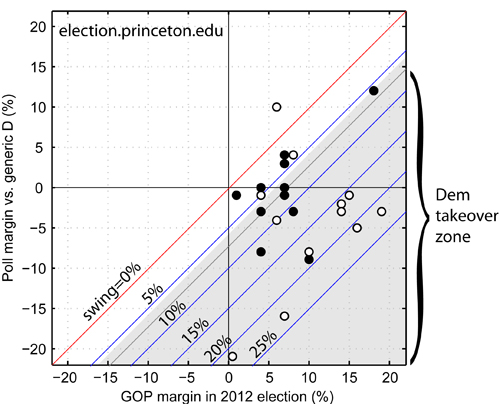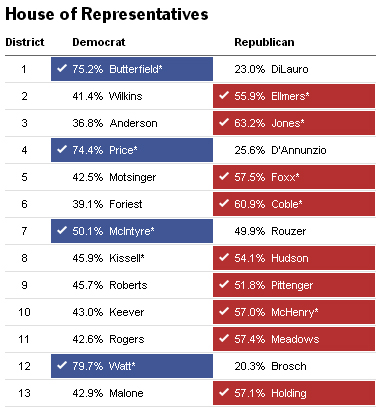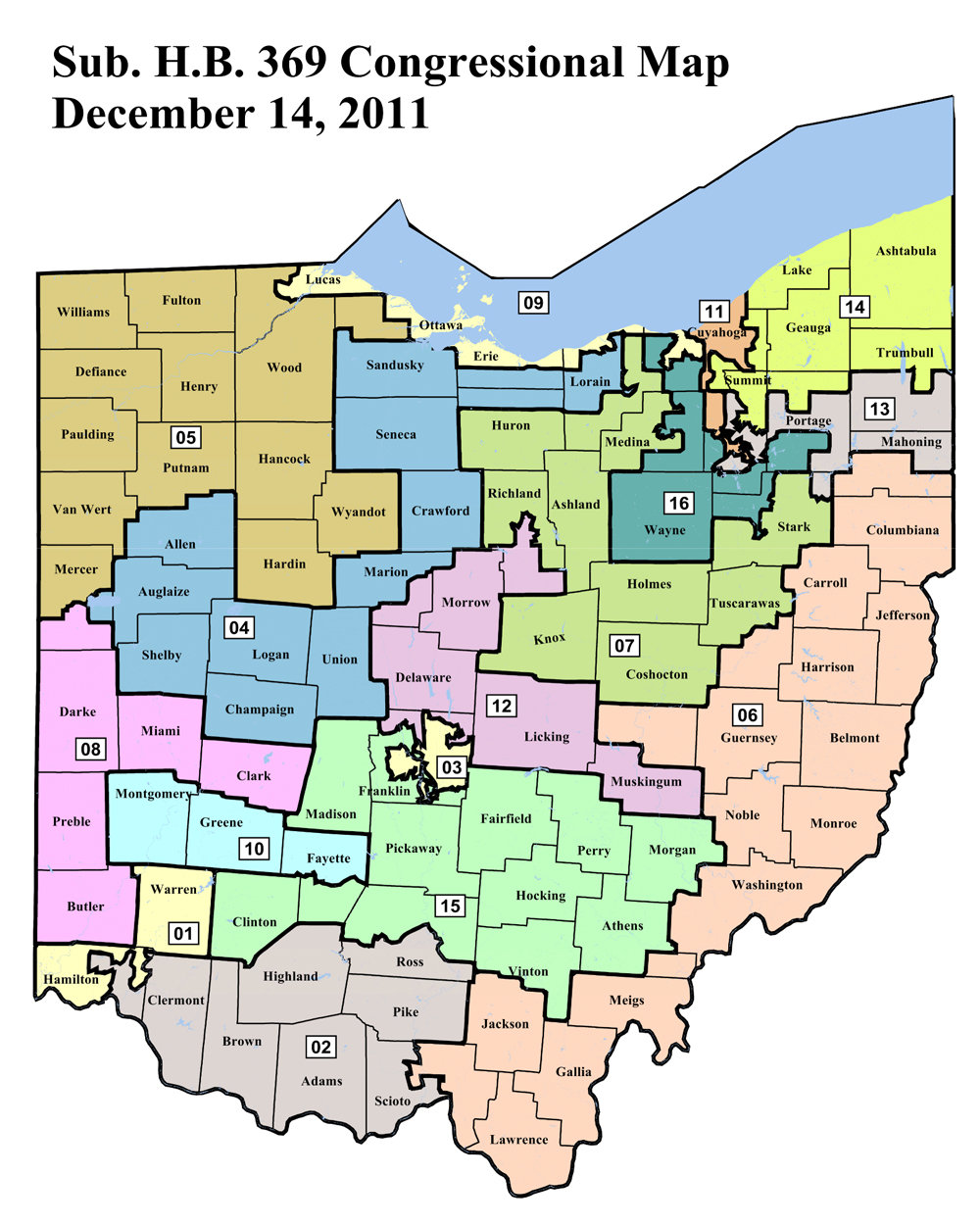Must-read blogs
- Casinos Not On Gamstop
- Casino Con Bonus Di Benvenuto
- UK Online Casinos Not On Gamstop
- Migliori Bookmakers Non Aams
- Gambling Sites Not On Gamstop
- Non Gamstop Casinos UK
- Non Gamstop Casino UK
- Slots Not On Gamstop
- Best Non Gamstop Casinos
- Sites Not On Gamstop
- Non Gamstop Casino
- Sites Not On Gamstop
- Slots Not On Gamstop
- UK Casino Not On Gamstop
- Casino Non Aams
- Best UK Online Casino Sites
- Sites Not On Gamstop
- Casino En Ligne Fiable
- Non Gamstop Casino UK
- Non Gamstop Casino
- Non Gamstop Casinos
- Non Gamstop Casino
- Migliori Casino Online Italiani
- Best Betting Sites Not On Gamstop
- Meilleur Casino Crypto
- Sites De Paris Sportifs Belgique
- Casino En Ligne Fiable
- найкращі крипто казино
- Meilleur Casino Sans Kyc
- Casino Cresus
- Bonus Gratuit Sans Dépôt
- Casino Senza KYC
- Meilleur Casino En Ligne
 Last week (8 Oct), Sam Wang at the Princeton Election Consortium Blog reported on some interesting findings on partisan swings in gerrymandered Republican districts:
Last week (8 Oct), Sam Wang at the Princeton Election Consortium Blog reported on some interesting findings on partisan swings in gerrymandered Republican districts:
Representatives who benefited from the great partisan gerrymander of 2010 were given enough of an advantage to get into office narrowly. In a district designed to give Republicans a narrow advantage, Republican loyalists are likely to be spread thinly, with the balance of the needed votes being drawn from independents. Some of these independents might be more prone to anger about the current situation. These polls suggest that Republicans in those states might be particularly ripe targets for pressure.
The 12 districts plotted in white are FL-02, FL-10, FL-13, MI-01, MI-07, MI-11, OH-06, OH-14, PA-07, PA-08, VA-02, and WI-07.
Partisan Gerrymandering and the Floodplain Effect
 Sam Wang gives the North Carolina Congressional results from the North Carolina Gerrymander as an example:
Sam Wang gives the North Carolina Congressional results from the North Carolina Gerrymander as an example:
However, an important point to note here is that the political balance of power has been engineered to be highly vulnerable to a Regional Wave. A reaction against the "Southern Teaparty" minority of the Republican caucus taking over effective control of the Republican Majority in the Great Lakes / Midwest hits four heavily Republican gerrymandered states: Ohio, Michigan, Wisconsin and Pennsylvania. That is a total Congressional delegation of 56 Congresscritters:
- 13R:5D Pennsylvania (+8R)
- 12R:4D Ohio (+8R)
- 9R:5R Michigan (+4R)
- 5R:3R Wisconsin (+2R)
... which is a partisan advantage of 22 Republicans, which is more than the Republican majority in the House.
So, if Sam Wang is right, what would be the likely impact in these types of aggressively R gerrymandered states, if there was a Wave election in which outer suburban Republican-leaning independents in these states punished Republicans for pandering to the Tea Party ... whether by crossing the ticket or by not voting or voting for a 3rd party candidate?
Well, I'll take a look at the detailed terrain here in Ohio, which as my home state is a gerrymander that I have some familiarity with.
The Egregiously Anti-"small-d-democratic" Ohio Republican Gerrymander & a Wave Election
 Here in Ohio, I'll use Presidential election results by Congressional District in Ohio to have a look at this, since some results are biased by the difficulty in recruiting challengers, while the Presidential race was hotly contested throughout the state. I include the incumbent and party, and sort by partisan result in the Presidential election. To give an idea of the extremist bias that was the result of the Ohio Gerrymander, I also include the vote on re-opening the government, in which 34% of the House voted Nay, but 50% of the Ohio Delegation voted Nay:
Here in Ohio, I'll use Presidential election results by Congressional District in Ohio to have a look at this, since some results are biased by the difficulty in recruiting challengers, while the Presidential race was hotly contested throughout the state. I include the incumbent and party, and sort by partisan result in the Presidential election. To give an idea of the extremist bias that was the result of the Ohio Gerrymander, I also include the vote on re-opening the government, in which 34% of the House voted Nay, but 50% of the Ohio Delegation voted Nay:
OH11: +66.3 D Yea Marcia Fudge
OH03: +40.8 D Yea Joyce Beatty
OH09: +36.7 D Yea Marcy Kaptur
OH13: +27.5 D Yea Tim Ryan
OH10: (-1.9) R Nay Mike Turner
OH14: (-3.3) R Yea David Joyce
OH15: (-5.6) R Yea Steve Stivers
OH01: (-6.1) R Nay Steve Chabot
OH16: (-8.2) R Nay Jim Renacci
OH07: (-8.9) R Nay Bob Gibbs
OH05: (-9.8) R Nay Bob Latta
OH12: (-10.5) R Yea Pat Tiberi
OH02: (-11.0) R Nay Brad Wenstrup
OH06: (-12.6) R Nay Bill Johnson
OH04: (-14.0) R Nay Jim Jordan
OH08: (-25.5) R Yea Speaker Boehner
The Congressional results track these ~ all four Presidential D districts elected a Democratic Congresscritter, all twelve Presidential R districts elected a Republican Congresscritter. The total margins would not be identical, since while President Obama won Ohio by several percentage points, the Republican Congressional slate outpolled the Democratic slate 51-49 ... which would elect a 9-7 majority on a proportional basis, rather than a 12-4 majority.
Among the gerrymandered Democratic districts, the 11th is the Majority-Minority district carved out from majority-black neighborhood in both Cleveland and Akron. The 9th is the crazy West Cleveland to urban Toledo district created to unseat Dennis Kucinich. The 13th is my home district, spanning Youngstown and then stretching across to take in Kent State University, taking in the bluer townships in swing Portage Country enroute. And the 13th is Columbus, created as a result of the partisan gerrymander to deny any Democratic seats in Central Ohio starting to crumble in 2006 and 2008.
Notice that no Republican district margin is as large as any Democratic district.
If there was a wave election, its clear which districts are most vulnerable. Most vulnerable would be the 14th (-3.3%), where long time incumbent LaTourette, who was expected to hold a Republican-leaning district, resigned due to disgust with the impact of the radical members of the Republican caucus and left it to be picked up by an empty suit Republican against an underfunded perennial LaTourette challenger. With a stronger Democratic challenger, this could well flip in a normally competitive election year.
The 10th (-1.9%) is the district including Dayton, stretching out to the east to collect Republican voters, and is marginal at the state level in part because of the importance of automotive equipment suppliers and the auto bailout. Since the Dayton incumbent was able to fine tune his campaign to local conditions (for instance, making political hay about a detail of the bailout that discriminated against Delphi retirees), and was facing a substantially weaker challenger, the Republican incumbent carried the district by +23.3, but a stronger challenger that could tar him with the radical extremist brush, especially its de-industrializing elements, could hope to unseat the incumbent in a wave election.
The 15th (-5.6%) and 12th (-10.5%) are the Columbus gerrymander, the beneficiaries of collecting as many City of Columbus voters into the 13th as feasible. The 15th a district that stretches from the heavily Republican southern outer suburbs of Columbus deep into the Ohio Appalachian counties, including neutralizing the college vote in Athens, home of Ohio University. The 12th is built on the heavily Republican Eastern Licking County outer suburbs of Columbus.
The 1st (-6.1%) and 2nd (-11%) are the Cincinnati Gerrymander, with the Democratic advantage in the urban and inner suburban Cincinnati offset by splitting it up, with the western part offset by staunchly Republican Warren Country and the eastern part offset by the western Ohio River counties.
A fair districting of the Columbus Urban Area would result in either two Democratic strongly leaning districts, or two swing Democratic districts and one swing Republican district. A fair districting of the Cincinnati Urban Area would result in a lean Democratic and a lean Republican district. However, in a wave election in which Republicans lost a lot of suburban R-leaning independent voters, both the 1st in Cincinnati and the 15th in Columbus/Southern Ohio and the 2nd in Cincinnati/Southern Ohio and 12th in outer suburban East Columbus would be in play.
The 16th (-8.2%) in "tween" suburban Akron/Canton and eastern countryside up toward suburban Cleveland could have been more Republican if the Republicans had not been so keen to deny a third Democratic leaning seat in Northeast Ohio. The results in 2012 were the flipside of the Dayton seat, with a Democratic Incumbent of about 1/3 the seat tackling the Republican incumbent of about 2/3 of the seat, and the Republican winning by +4.4%. As a Congresscritter who can be associated with the Tea Party, the 16th would flip in a Wave election.
The 7th (-8.9%) based on Canton and the countryside to the south and east would be a Republican district would have been more Republican without the gerrymander, so the kind of district less likely to flip in a wave election. The 5th (-9.8%) would likely be similar in the short term, but Northeast Ohio has been trending toward the Democrats, so it might be in danger of moving from a strong lean Republican bias to Republican swing.
The 6th (-12.6%) South Ohio / Eastern Ohio district is a special case. For one, it is an insane district to run in, since it borders on a district that runs into Greater Cleveland on one side, and borders on a Cincinnati district on the other. More critically, it has far fewer Metropolitan outer suburban Republican voters and more small town and rural Republican voters. A wave election driven by abandonment of the Republican party by suburban R-leaning independent voters would not carry the 6th along with it.
The outer suburban and rural 4th (-14%) and Boehner's 8th (-25.5%) seem likely beyond reach of any Wave election that falls short of a complete Political Realignment.
Tallying A Wave
So if there was a wave, what would it look like in Republican gerrymandered Ohio, assuming that the wave is built upon an anti-teaparty revolt by outer suburban R-leaning independents:
- Obviously the four D districts stay D, the 3rd, 9th, 13th and 11th;
- The R-leaning 14th, 15th, 1st and 16th flip in a real wave;
- A wave brings the 10th, 5th, 12th and 2nd in play;
- That wave leaves the 7th and 6th likely in Republican hands but depending on the quality of the challenger possibly with a fight (there is a different wave that would put the 6th into play)
- The only truly safe Republican seats in a wave election are the 4th and the 8th.
So 8D:8R to 11D:5R, assuming one failure to recruit a credible challenger, with 5 districts at risk. That is a swing of +4D,-4R to +7D,-7R.
Neutral would be a modest result in a real Wave election that breached the margin levees protecting the Ohio Gerrymander Floodplain. It has to be a wave election to have an effect.
What If Its More Than A Wave?
Now, kind of by definition, a Wave Election is as big as it gets within the the confines of the status quo. But what about a shift in the status quo?
Vulnerability to a Wave Election implies vulnerability to Political Realignment. In a political realignment, standing political affiliations break down, and groups that have tended to vote together under the previous Realignment stop voting together in the new Realignment. So the next look at the political impact of the gerrymander will look at the possibility of a change in the current political alignment.
Comments
We've gotta get out of this place ...